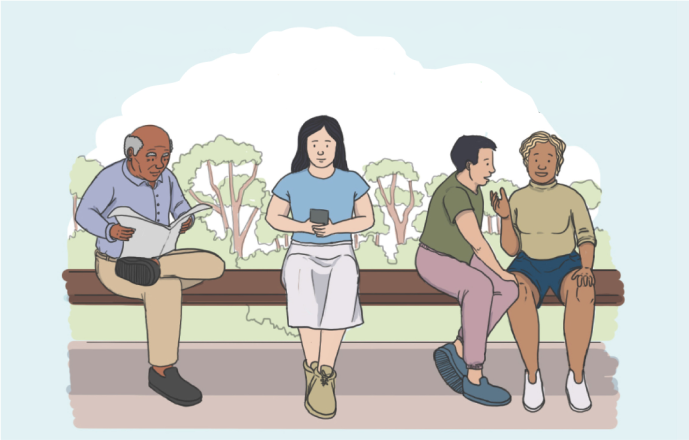Welcome to the 7-Day Campaign for Connection Challenge
Welcome to Campaign for Connection—an initiative from the Greater Good Science Center’s Bridging Differences program at UC Berkeley.
Under our Bridging Differences program, we have reviewed decades of scientific studies, interviewed dozens of leaders, and surveyed the landscape of relevant programs. From this work we have collected enduring wisdom and best practices for bridging political, racial, religious, or other divides. It has led us to identify a set of skills and strategies that support positive dialogue, relationships, and understanding between groups or individuals.
Our goal with this 7-Day Campaign for Connection Challenge is simple: to make it easier for you to connect with others with empathy and respect, even if they see the world differently from you.
We invite you to see how practicing these skills can foster understanding, ease stress, and create a stronger sense of connection with your loved ones and community. Let’s turn division into understanding and conflict into connection!
See the Person, Not the Label
Expand Your Views and Circles
Find Shared Identities
Practice Perspective Taking
Listen with Compassion
Try Self Distancing
Identify Common Goals
See the Person, Not the Label
Find Shared Identities
Listen with Compassion
Identify Common Goals
Expand Your Views and Circles
Practice Perspective Taking
Try Self Distancing
“We must build dikes of courage to hold back the flood of fear.”
–Martin Luther King, Jr







